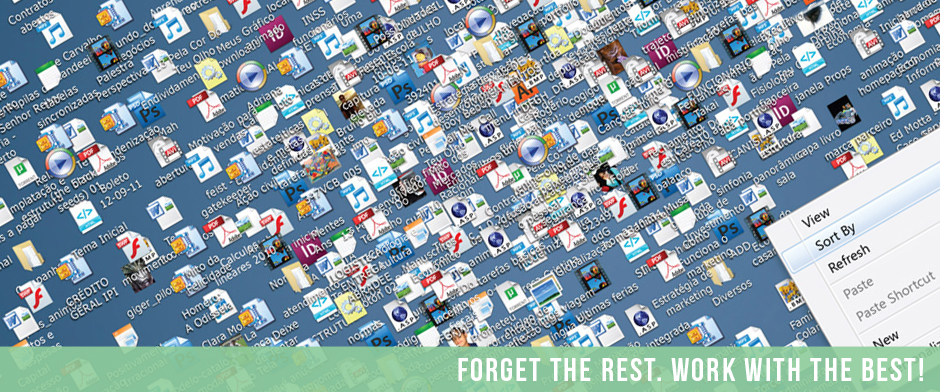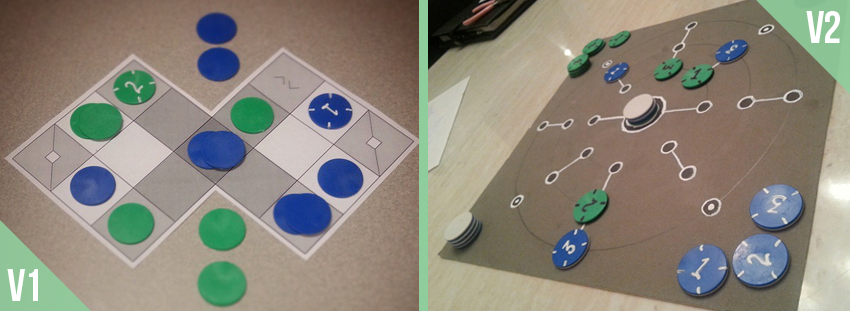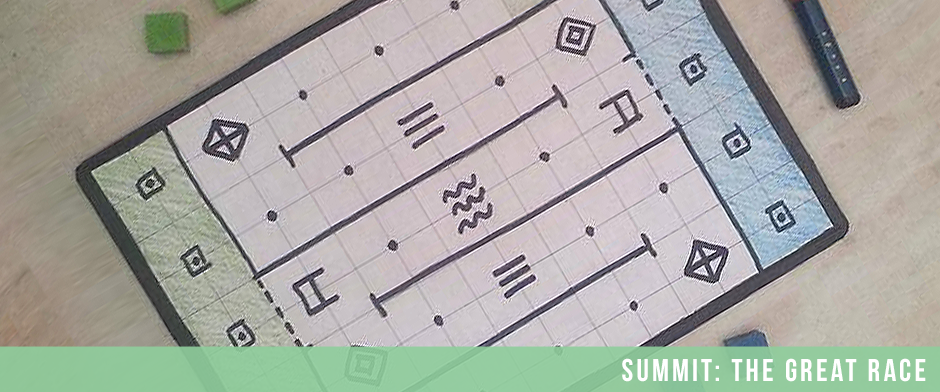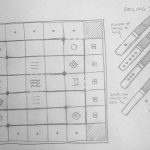In Part 4 of the Build your own TCG series, I’ve decided to add on some finishing options. In this day and age it’s now possible to run a complete production in your own home. You can print at home, and not just movie tickets, vouchers, or grocery coupons, but full quality high finish prints and documents. As always you have your local print shop for those on the go. If tools aren’t readily accessible, achieve that professional glossy look and feel for a price with Print-On-Demand services.

There are many print shops who are willing to print custom playing cards but they may want to run you a minimum of 250 pieces. Promotional imprinters, or Print-On-Demand (POD) offer services per deck. There are more and more of these type of printers available on the web now than a decade ago, but you obviously save if you bulk order more than 10. That usually means if you’re trying to maximize your investment you’ll have to agree and pay upwards of 100 pcs (1 deck = 1 pc) of your card game. With so many options to choose from what determines your course of action? Well, that’s pretty simple when you narrow it down to a few things; Quantity vs. Quality, Margin, and Accessibility. My suggestion would be to start small, invest wisely and opt for quality first. Shop around. Have sample kits sent to give you an idea of the materials and print quality. This will be your first impression and your final product, so make it count.
Printing at home
There are many things to consider when printing at home. Great news is most of the prep can be carried over to setup for profession printing which goes back to my first post about publishing tools. Assuming you want to have your stuff professionally printed at some point, best set up your files so you are print-ready for the big day. This will alleviate several hurdles in the future.
File setup
There are a few varying ways to do this, and depending on the printer you’re working with you may have to modify your print settings; colour, grain, saturation, etc. But all printers require the same formatting setup for your files – 300 dpi, quarter inch bleed and at least an 8th inch safety margin.
Printing
If you have specific type of paper or your printer can support a heavier stock of paper, use it. Full colour, vibrant artwork will need a good paper to transfer that impact onto. Especially if using an Ink Jet printer.
Cutting & mounting
Printing to colour copy paper adhearing it to card stock. Many ways to go about this. Either using scissors or hobby knife, or you can use a rotary cutter or guillotine. Once the cards are printed, mounted and cut, sleeving them is the next best thing.
Sealing/Sleeving
If you’re not producing artwork directly to a finished card stock, sleeves are imperative to protecting your work as much as it is for shuffling. Nothing says trading card like sleeves. Simply head down to your local game shop or search the web for “card sleeves”. You can also flip open Amazon or Ebay to narrow your online sleeve search. Trading card sleeves come in all different sizes and colours so be mindful. Choose the ones that work for you or that are common among the type of games your TCG falls inline with. You’re choice during your setup will determine the sleeve size. Different styles and types of sleeves are available. Artwork, opaque or transparent backings are just some of the options.
Printing locally
Printing locally may seem like a chore for some, but may be a breeze for others. I’ve been dealing with printers and vendors for so long I’m fairly familiar with what their looking for. If you don’t know, ask. They are usually very helpful as they want your business as much as you need their service. Finding a local printer to print your game cards specifically will be tough (at least it was for me here in Toronto), but there are ways around this. With a little creative setup and a good share of manpower, 2 or more people can knock out a 40 card deck in an afternoon. Use a local printer and print as many cards as you can (double sided) on the largest heavy stock they have. Then cut and sleeve. Bam! TCG ready to run.
A few large sheets of cards carefully planned out may be able to cover a whole set or deck of your game cards, and with the print shop quality and speed, you could create very impressive prototypes or personal decks with this finishing process. It provides your players a close-to-production experience of your game(s).
Printing on demand
There are many many many services online that print and ship your custom created cards to you. Be it your TCG/CCG/LCG cards, supplement cards for a board game or flip card learning material for classes, kids and more. On-Demand printing is definitely the way to go for quick, professional output. The list below outlines some of the POD services I’ve either used or reviewed.
Printer’s Studio
These folks are another Print On-Demand company, creating custom playing cards along with blank cards that you can add your artwork too. They are my go-to at the moment. Providing a very good quality card with better than average digital printing as a reasonable price per deck. Over the last 5 years though, the pricing everywhere has gone up as there is a spike in indie game development. Part of their service is a template creator. It allows you to upload your front and back images to a list of 54 cards. The tool is useful for when you need to update a particular card. Just upload the new art instead of sending the whole file again.
The Game Crafter
Probably one the most popular POD shops for board and card games in the USA. They specialise in low-run or one-off table top game produced in full quality. Shipping to Canada from is a bit pricey and brings up the cost per deck, so I’ve stuck with what I’ve known. No doubt though, I’ve played card games produced through them and the quality is top notch.
Panda GM
Probably the biggest name in the North American industry for indie and professional game manufacturing. This company has grown exponentially since the tabletop boom a few year back. They are more of a large quantity production house, usually dealing with minimum order quantity of 1500 pcs. But if you’re game is ready for the big league, these are the big boys you should be dealing with.
Shuffled Ink
Formally QPC Games, this company has been in the game for about 2 decades. They print card games, develop game components and other elements to bring your game to life. I remember coming across them back when they were under QPC and printing quality is superb. A great alternative to Panda GM because of their custom order quantity, but maybe not as budget friendly as The Game Crafter. Definitely worth getting a free quote.
MPC
MPC, like Printer Studio, provides a template tool to upload your cards to. What makes this service provider stand out is their history. They traditionally produce actual playing cards. Using their pre-loaded common templates, you can achieve high quality Print on Demand (POD) game cards. Choose from varying colours and styles, or upload your own artwork to be printed. They state their online card maker is arguably the best in the industry for detecting low-res images and positioning. I’ve had playing cards made once for a non-TCG but never used any tools since I used another application to build them. This route would be great for the TCG enthusiast who has an established set of cards or someone who prefers a high quality finish to their printed deck and are not too keen on designing it themselves. Definitely worth a look.
Find all the links to the whole series right here. And for any tools and services that you feel are worthy to mention, please let me know in the comments below.
















